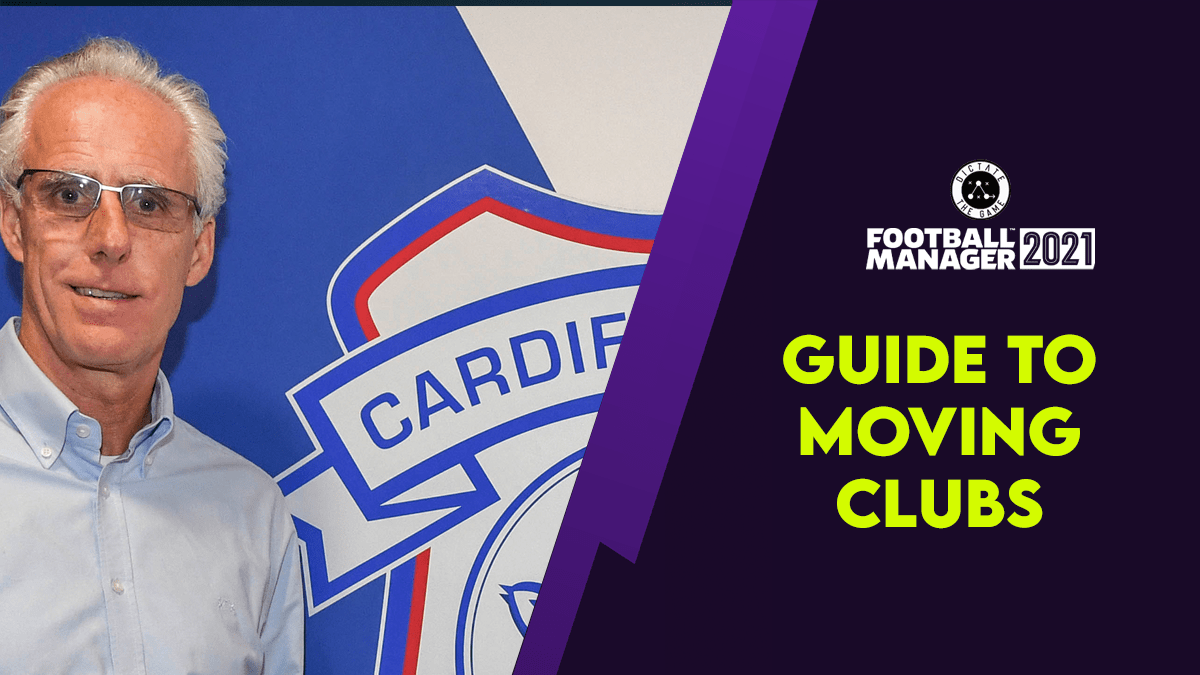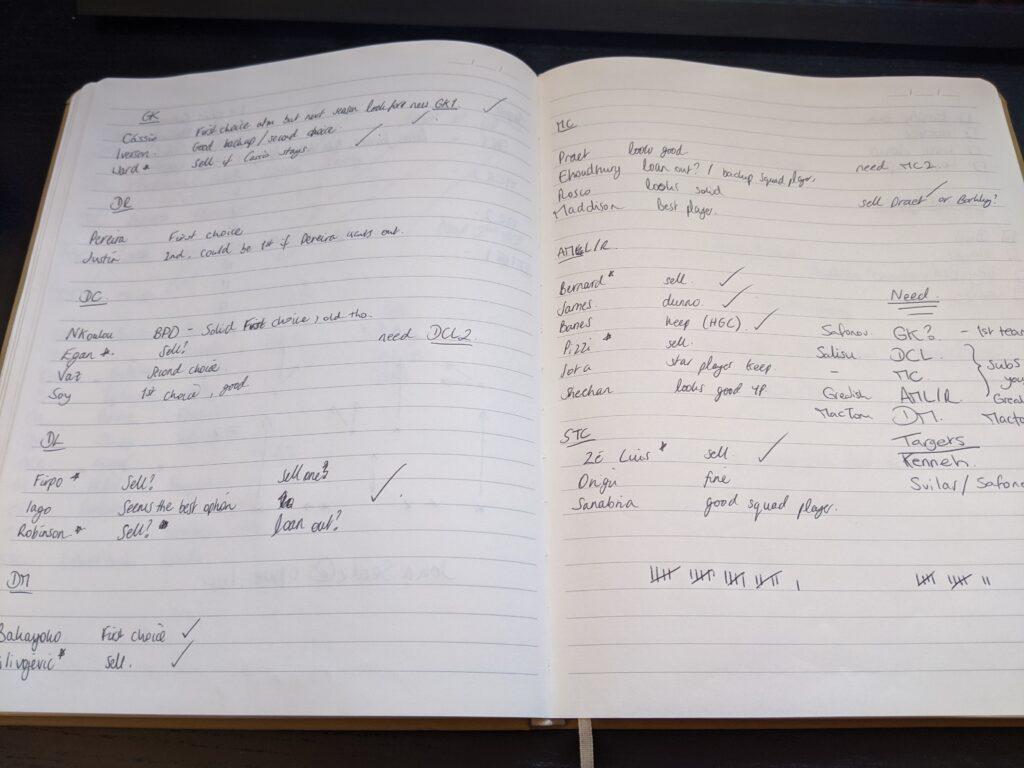
FM21 | Guide to Moving Clubs
There comes a time in every football manager’s career where the grass looks greener. It might be that you feel you’ve taken your current clubs as far as they can go, or you’ve received an offer you simply cannot refuse. Either way, this article should help you make the transition as smooth as possible. This is my guide to moving clubs in FM21.
Picking the right Club
Before you even start the process of moving clubs, it’s important to pick the right club. Try to avoid clubs with poor finances, bloated or old squads, or unrealistic expectations. These might seem like small issues at first, but after a year of working with no transfer budget or being sacked for finishing 3rd, it can feel like you made a poor decision. That being said, every big decision you ever make, you will regret at some point.
The Interview
My biggest tip for each and every interview is to say whatever it takes to get the job. If you’ve been approached by the club, you tend to have more movement in this area, but in general, saying the right thing in an interview can be the difference between getting the job or not.


You may think you can work with a smaller wage budget, or you don’t need to bring your staff with you. If you’re applying for a few jobs and they want you to stop, promise you will. They want a strong dressing room atmosphere? Promise it. Even if you don’t meet that promise, you can renegotiate later. The interview should be you selling yourself as much as possible in order to get your foot in the door.
Assessing the Squad
So, you’ve successfully moved clubs and now you need to think about what tactic you want to use and who your best players are. The introductory advice can be useful here, but my first port of call here is the Squad Depth page under Team Report.

This page is great for giving you an idea of which positions are strong and which are not. You can see from the image above that Blackburn have two excellent strikers in Dack and Armstrong, so I would be looking to play two up top. With three solid Central defenders and a strong MC, I opted for a 5-3-2.
The Comparison tab under Analyst Report is also a great place to look to give you an idea of a style of football which best suits your side. Looking at Blackburn in my example, they have the best squad in the league in terms of Work Rate, Corners, Marking and Agility. My strikers aren’t particularly tall, nor are they good at Heading or Jumping. The defence are generally quick, with good Marking and Tackling. My Midfield are technically good, with excellent Stamina. All this considered, a high-pressing style, where we make good use of set-pieces and cross low or work the ball into the box should work really well.

Improving Morale
Inevitably, when arriving at a new club, morale will be low. There are several ways you can improve morale, including holding a Team Meeting, dealing with any unhappy players and praising or criticising players. Your guide to all things morale is the Dynamics tab. Try not to piss off your most influential players before you get a good hold on the dressing room. Removing a captaincy or dropping a Key Player could lead to you being in a very tough spot.

Generally, you should hold a Team Meeting to introduce yourself and agree expectations and promises. Usually one promise will be enough when joining, and the obvious one would be improving backroom staff (more on that later). Set realistic expectations, even if you think the squad can gain promotion or win the league. If they expect to finish mid table, tell them that’s what you expect too. You can adjust these later on if you find yourself exceeding more than you thought.
Staff Changes
Whether you brought staff with you from a previous club or you’ve joined from being unemployed, it’s important to assess your backroom staff when moving club. Usually the old manager will take at least the assistant manager with him, so that’s where my search will start. The Staff Search screen will help with finding someone with the correct ability, you can filter by Attributes for each role.

Fill any roles you think are necessary, but there’s no need to fill every role. I usually avoid Technical Directors, Directors of Football and similar roles as I do most of that work myself.
Training Tweaks
Once you’ve decided on a tactic, it’s important to get your players up to speed as quickly as possible. Running extra tactical training sessions, setting individual players to develop the role you’re playing them in and adjusting coaching assignments are all important steps to making sure your players will become tactically familiar as quickly as possible. Without a full pre-season, you’re at an immediate disadvantage to other clubs so it’s important to get up to speed quickly.

Plan for the next Window
I like to have two players for each position, plus an extra goalkeeper or striker to fill my 23 man squad. Once signing for a new club, I’ll start to plan who is expendable, who I want to keep and where I want to strengthen. From there I’ll start to prepare shortlists for each position.

Don’t forget to check your Under-23 or B-Team squad as there may be some players there who can make the step up to the first team.
Following all these tips should help your transition to a new club smooth and issue free. Thanks for reading and I hope you enjoyed this guide to moving clubs in FM21. If you have any questions or comments you can find us @DictateTheGame or myself @VarsFM
More Articles you may enjoy:
- FM21: Starting a Non-League Save
- Using the Similar Player Filter: Buying Like for Like in FM21
- FM21 – Get the most out of your players
- Every Club Vision | Premier League | FM21
- FM21: 10 Databases to freshen up your save